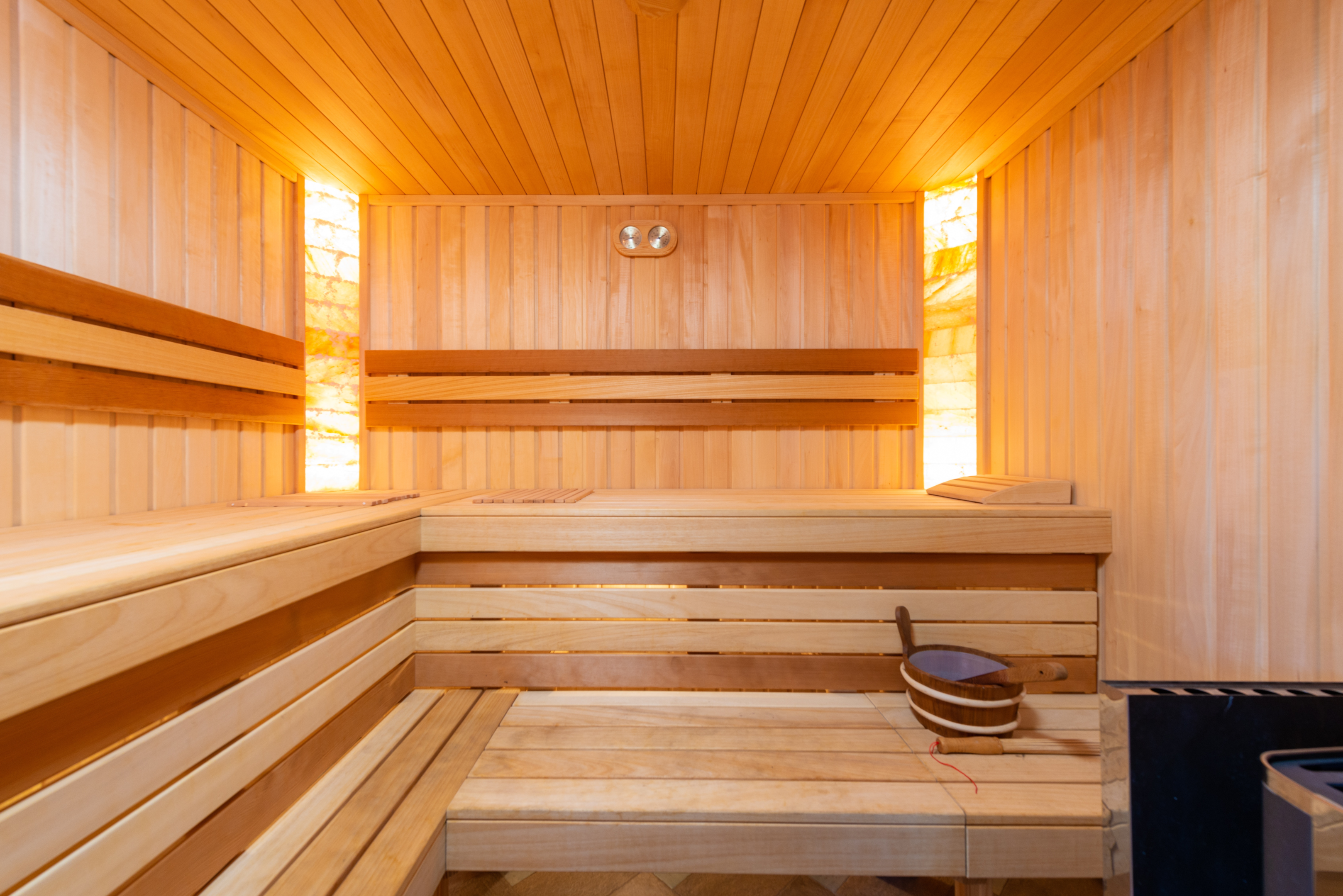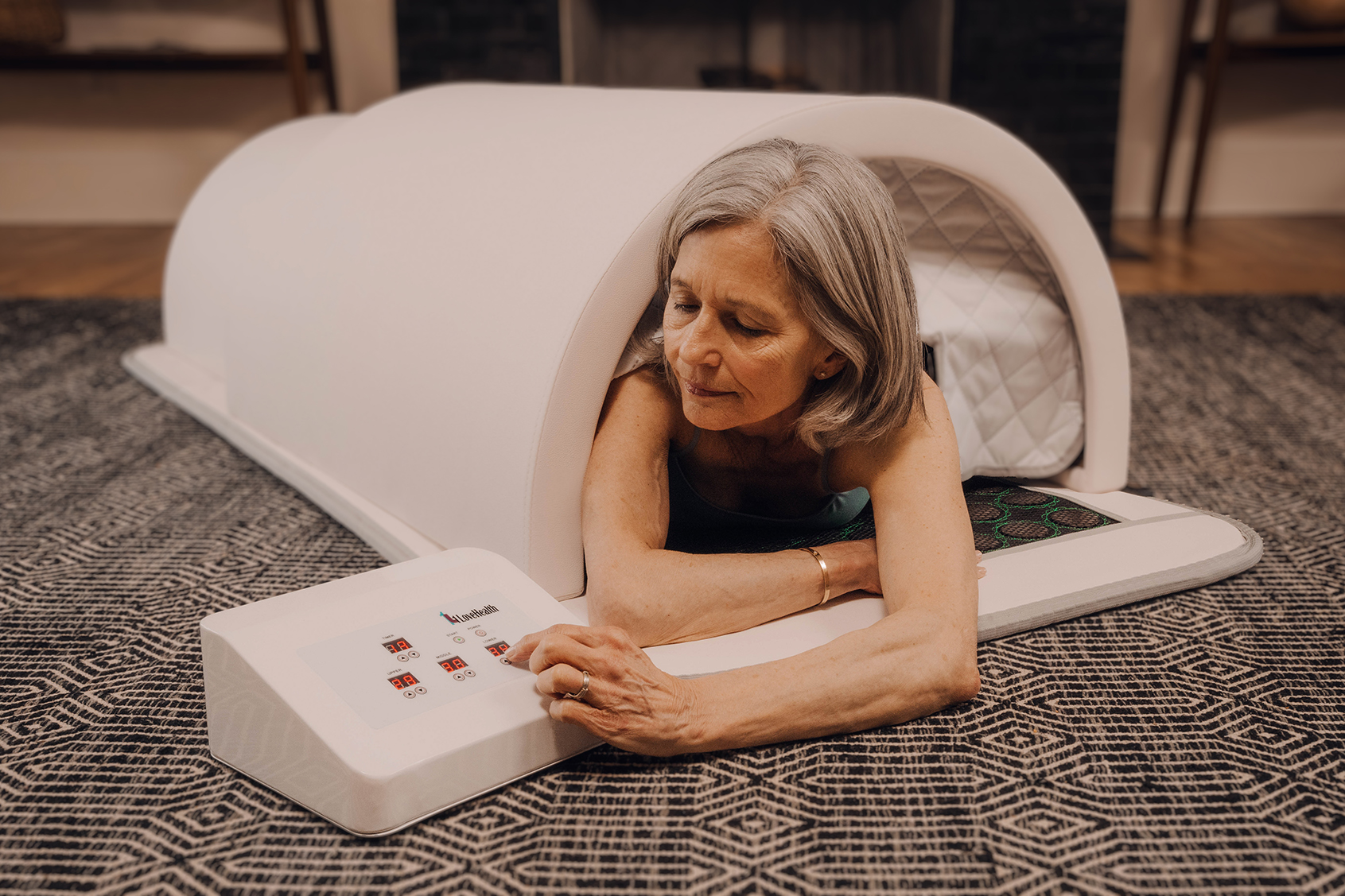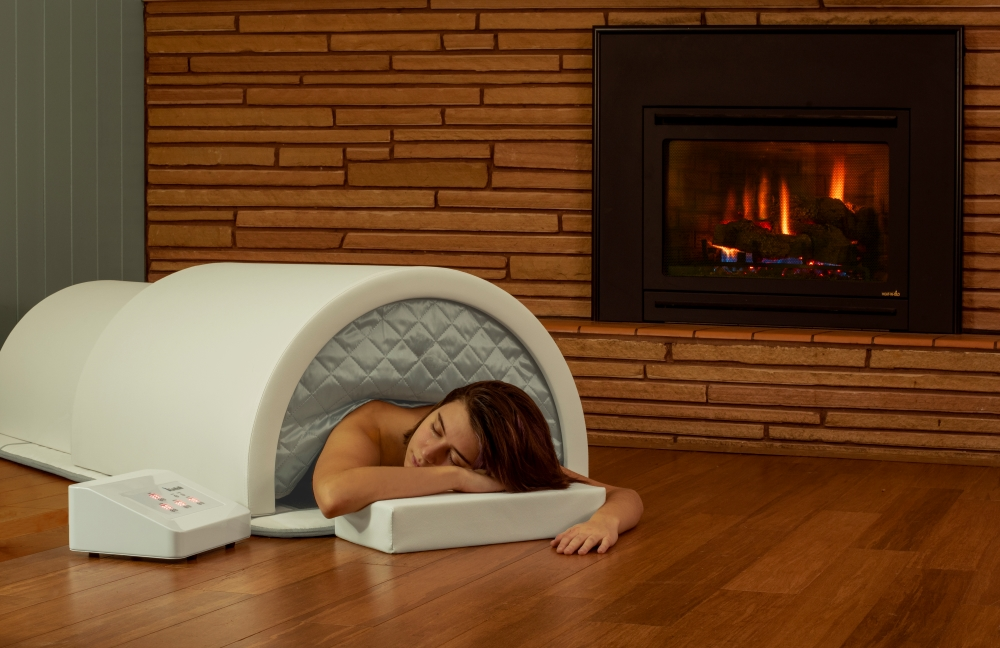Dry Sauna vs Wet Sauna
Key Takeaways:
-
A traditional dry sauna and infrared saunas are better for the circulatory system.
-
A steam bath is better for the respiratory system.
-
Both offer fantastic benefits.
-
When buying a sauna that uses steam, make sure the area won't be affected by moisture.
The overall benefits of a wet or dry sauna, are vast, implementing either of these into your life can truly improve it.
When looking at which sauna you may prefer, it is important to indicate which benefits you would like to achieve with your sauna session.
The Main Differences Between Wet and Dry Saunas
-
Dry saunas, especially far infrared saunas, increase circulation and core temperature much better than wet saunas.
-
Steam saunas do help with congestion much better than a dry sauna does, due to the high humidity.
-
A majority of the benefits associated with sauna use are amplified with a far infrared sauna in comparison to traditional saunas, due to infrared's ability to heat the body efficiently.
What is a Wet Sauna?

A wet sauna or steam sauna is a sauna that uses humidity and hot air to heat the body. Generally, these sauna will be powered by either a machine that creates steam, or a simple combination of heated rocks and water, such as a traditional Finnish sauna. Traditional sauna bathing is quite popular, especially with outdoor saunas, because they do not require electricity and come with a very pure and authentic feel.
Traditional wet saunas are generally much hotter than a steam room. A traditional damp sauna can range from 175 degrees Fahrenheit up to even 212 degree Fahrenheit, whereas a steam room may come in as low as 120 degrees, with much higher humidity.
How Does Each Type of Wet Sauna FEEL?
For each sauna to feel as intense as the other, you will end up trading heat for humidity or humidity for heat.
In a traditional wet sauna you should expect a slightly more dry, hotter environment. This may be quite difficult to stay in for long periods of time.
A steam room will be much more humid, at a lower temperature in order to feel similar intensity to a traditional wet sauna.
What is a Dry Sauna?

Dry and wet saunas is generally quite hot, but dry saunas have no humidity. This includes traditional dry saunas and far infrared saunas. Dry saunas typically are powered through a wood burning stove or electric stove. Far infrared saunas are powered through carbon fiber or ceramic heaters.
Far Infrared vs Traditional Dry Sauna
 The main difference between far infrared saunas and traditional dry saunas is that far infrared heats the body directly at lower temperatures and traditional dry saunas simply heat the air around you.
The main difference between far infrared saunas and traditional dry saunas is that far infrared heats the body directly at lower temperatures and traditional dry saunas simply heat the air around you.
If you'd like to know more about the differences, click here.
Dry Sauna - Health Benefits
-
Improves Circulation
-
Improves Skin Health
-
Enhances Recovery
-
Increases Brain Function
-
Reduces Risk of Disease
-
Improves Immune Health
-
Better Regulated Blood Pressure
Traditional dry saunas, even though they may be more difficult to stay in for long periods of time, do offer enhanced benefits, because of their ability to increase core body temperature better than something like a steam sauna.
Far infrared saunas truly serve an amazing role in this respect. They offer the same if not more benefits at much lower felt temperatures. Since they directly heat the body to a greater extent than the air, it is much easier to stay in a far infrared sauna for longer than you may be able to in a traditional finnish style sauna.
Sauna duration is heavily important in that you should achieve at minimum 58 minutes per week of sauna, in order to achieve all the benefits that it has to offer, far infrared makes this easy.
Wet Sauna - Health Benefits
-
Clears Congestion
-
Improves Skin Health
-
Improves Circulation
-
Enhances Recovery
-
Reduces Risk of Disease
-
Improves Immune Health
-
Better Regulated Blood Pressure
Wet saunas truly are an amazing tool when it comes to lung health and congestion. The humidity range within steam rooms is very soothing to the respiratory system. Steam rooms can still offer benefits that a traditional dry sauna can, just to a smaller magnitude. In a wet sauna or steam room, you may even feel as though you are sweating more, but this is due to steam that generates moist heat, which truly makes it feel like a sauna bath.
Which is the Better Home Sauna?

To keep it short and sweet, portable far infrared saunas are going to be the best option for most people. They fit in all areas of the home, require very little electricity and still provide a premium quality sauna experience.
If you're looking for something more traditional, considering a traditional wet sauna could be an option, but you must factor in the moist air, so make sure the area you choose is relatively permanent and completely moisture resistant.
To learn more about the best home sauna click here.


